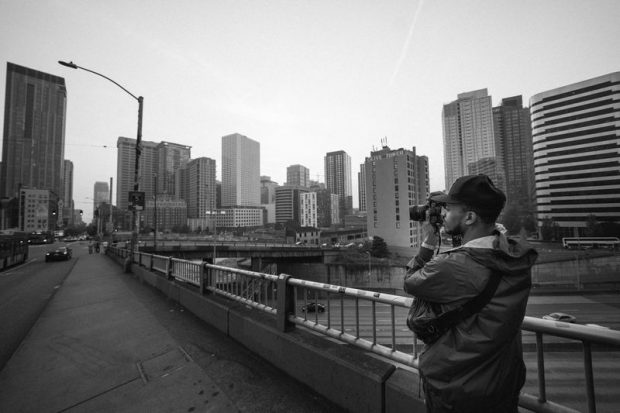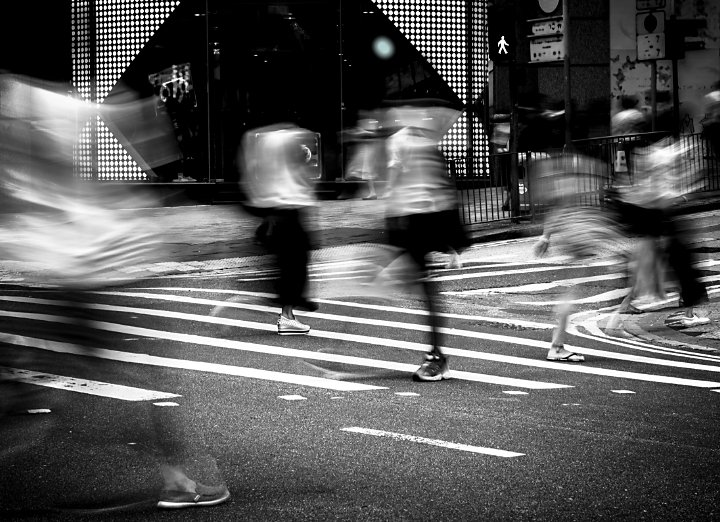The Best Guide To Framing Streets
The Best Guide To Framing Streets
Blog Article
The Only Guide to Framing Streets
Table of ContentsUnknown Facts About Framing StreetsFraming Streets Fundamentals ExplainedGetting My Framing Streets To WorkThe smart Trick of Framing Streets That Nobody is Talking AboutFraming Streets Fundamentals ExplainedWhat Does Framing Streets Mean?
Photography category "Crufts Canine Show 1968" by Tony Ray-Jones Road photography (also in some cases called candid digital photography) is photography carried out for art or query that includes unmediated possibility experiences and random incidents within public areas, typically with the aim of recording pictures at a definitive or emotional moment by mindful framing and timing. 
Top Guidelines Of Framing Streets
Susan Sontag, 1977 Road photography can concentrate on individuals and their actions in public. In this respect, the street digital photographer resembles social documentary professional photographers or photographers who additionally work in public places, however with the goal of catching relevant occasions. Any of these professional photographers' photos may catch individuals and residential property visible within or from public places, which usually requires browsing ethical problems and regulations of privacy, safety, and building.
Depictions of day-to-day public life form a genre in almost every duration of globe art, starting in the pre-historic, Sumerian, Egyptian and early Buddhist art durations. Art handling the life of the road, whether within sights of cityscapes, or as the dominant concept, appears in the West in the canon of the North Renaissance, Baroque, Rococo, of Romanticism, Realism, Impressionism and Post-Impressionism.
Framing Streets for Beginners
Louis Daguerre: "Blvd du Temple" (1838 or 1839) In 1838 or 1839 the first photograph of figures in the road was taped by Louis-Jacques-Mand Daguerre in among a set of daguerreotype sights drawn from his studio window of the Blvd du Temple in Paris. The second, made at the elevation of the day, reveals an unpopulated stretch of street, while the other was taken at regarding 8:00 am, and as Beaumont Newhall records, "The Blvd, so constantly loaded with a moving bunch of pedestrians and carriages was perfectly singular, other than an individual who was having his boots brushed.
, who was influenced to embark on a comparable paperwork of New York City. As the city created, Atget helped to promote Parisian streets as a worthy subject for digital photography.

Framing Streets - Truths
Martin is the initial tape-recorded professional photographer to do so in London with a masked video camera. Mass-Observation you can try here was a social study organisation established in 1937 which intended to record daily life in Britain and to tape-record the responses of the 'man-in-the-street' to King Edward VIII's abdication in 1936 to marry divorce Wallis Simpson, and the sequence of George VI. In between 1946 and 1957 Le Groupe des XV yearly showed work of this kind. Andre Kertesz. Circus, Budapest, 19 May 1920 Road photography developed the major content of two events at the Gallery of Modern Art (Mo, MA) in New York curated by Edward Steichen, Five French Professional Photographers: Brassai; Cartier-Bresson, Doisneau, Ronis, Izis in 1951 to 1952, and Post-war European Digital Photography in 1953, which exported the concept of street digital photography worldwide.

Some Ideas on Framing Streets You Need To Know
, then an instructor of young youngsters, linked with Evans in 193839.'s 1958 book,, was considerable; raw and often out of emphasis, Frank's images questioned conventional digital photography of the time, "challenged all the formal rules laid down by Henri Cartier-Bresson and Walker Evans" and "flew in the face of the wholesome pictorialism and heartfelt photojournalism of American publications like LIFE and Time".
Report this page